If you missed part 1 of this article, which details some simplified physiology of breathing and exercise, I suggest you take a few minutes to get familiar with it now, as it will help you put into practice what will be discussed below. Ready? Cool, let's rock.
BREATHING TECHNIQUE
Now that we understand the fundamental differences between deep belly (diaphragmatic) breathing and chest (thoracic) breathing, we can begin to work technique into the mix.
First off, we need to consider that our work load is largely going to determine our breathing and pick our battles appropriately. If we're in an all out anaerobic sprint, there's little you can do to relax and breathe properly. If you're slogging up a long climb, you may be able to eke out a few extra watts or keep your heart rate a few BPM lower with good technique. The same could hold true for taking pulls on the front of a paceline during a fast group ride; proper breathing will keep you out of the red and pulling longer.
In the case of cyclists (particularly people who are working on climbing technique or time trialling) it is often heard that “getting into a rhythm” is the best way to ride. This not only applies to your pedaling cadence, but your breathing cadence as well. For example, hink back to the times when you start a climb in control, but then things get a little steeper or the group gets faster and suddenly you find yourself raggedly gasping for breath. Being in a breathing rhythm helps to keep the body under control and be able to manage the buildup of CO2 from those anaerobic efforts more efficiently.
Trainer Time
A good primer to breathing control starts on your trainer at home (and since it's still cold outside you're likely to still be on it occasionally.) After a good warmup, start a stopwatch for a 10 minute interval. You'll want to be riding at time trial pace, which is the fastest you can sustain for an hour without blowing up. Settle into a cadence of about 90RPM (or whatever is comfortable) and try to time your inhalation and exhalation with the rise and fall of your pedals. Inhale for two or three pedal revolutions (your right foot should go through two complete circles) and then exhale for two or three revolutions. When inhaling, try to keep the neck, shoulders and upper body relaxed, breathing from the belly. When exhaling, don't just let it sort of ooze out out of your mouth, push it out from the belly like you're blowing up a balloon. Focus on maintaining that rhythm for a while.
As you ride out the interval, keep an eye on your heart rate. You should see it remain stable for most of the interval, without a lot of creep or gradual rise.
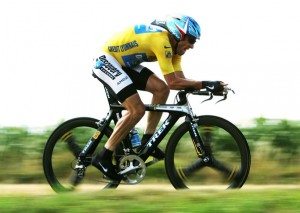
Take a 5 minute easy spinning break and start another 10 minute interval at time trial pace, again focusing on your breathing. After the first 5 minutes, gradually increase your speed or output very slightly every minute until the end of the interval, again focusing on your breathing. You'll be able to note that as you start to work extremely hard, your breathing will be difficult to control. You'll also note that working to control it will help you keep that faster pace under control better.
An additional way to keep tabs on your progress is to ride in front of a mirror or to videotape yourself during an interval. You'll want to see your belly “drop” towards the ground each time you inhale: that will be a way to tell if your technique is good. A great example of this is Lance Armstrong (above left) or Sylvain Chavanel (below right): they look like they had one too many brewskies and are packing a few extra pounds. Really, that's just what diaphragmatic breathing looks like and is why it gets the nickname “belly breathing.”
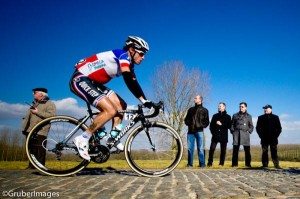 Take it outside
Take it outside
Of course, the world isn't just about riding on a trainer. When you're doing base and build miles outside, incorporate these breathing exercises into your climbs and the flat sections you ride at time trial pace. With some practice, you'll find that you're able to maintain higher speeds without excessive rise in heart rate that typically accompanies harder efforts. Your body is working more efficiently: the more efficient the gas exchange, the less physical blood has to pass through the lungs to exchange the same amount of gas, the slower your heart rate, the lower the perceived exertion.
Once you've gotten the hang of rhythmic breathing, it's time to challenge yourself a little bit. Very few times are we ever able to ride at constant pace, constant heart rate and constant speed on a climb. There are invariably times in which we have to stand and push up a steep section or cover a move from another rider, and this can often cause us to “go into the red” and turn our breathing from rhythmic symphony to ragged panting cacophony. The trick here is to cover the move or get up the steep section without going completely into the red, and return to your rhythmic breathing pattern as quickly as possible. It can seem very tough to do, but focusing on controlling your breathing as you begin to recover from your hard effort will allow you to maintain a faster pace and get your heart rate down to reasonable levels more quickly. Physiologically, it helps to clear out excess CO2 (produced by the sudden increase in energy production) more efficiently while maintaining oxygen flow to the working muscles. Psychologically, focusing on breathing can take your mind off the burning and pain in your legs. It can also be a way to deceive the riders with you: if you're breathing rhythmically and happily while they're panting away, they'll believe you're going better than you really are.
After all that, who thought that breathing wasn't just some simple physiological process that we take for granted? With a little practice, you can be faster on the road, recover faster and push yourself harder than you had been, all thanks to the same lungs you had before.
Do you have any further thoughts or questions? Post a comment below for more information.

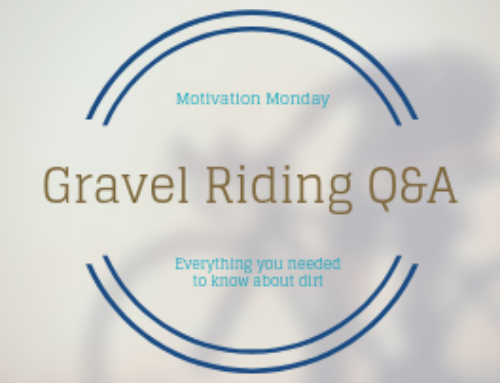
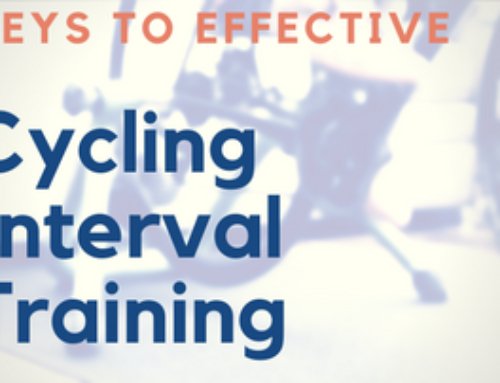
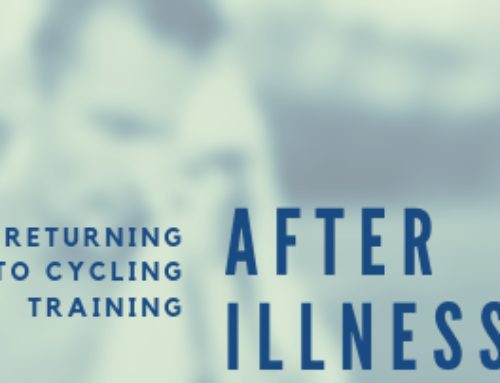
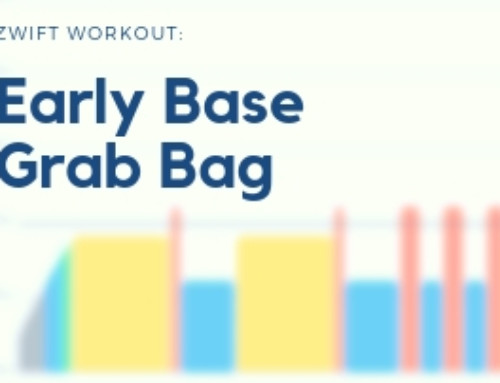
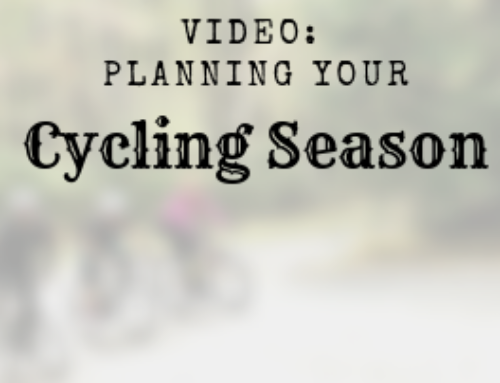
[…] back to our previous question: how do we put this physiology and knowledge to use? Check out part 2 for information on applying these concepts to your daily […]